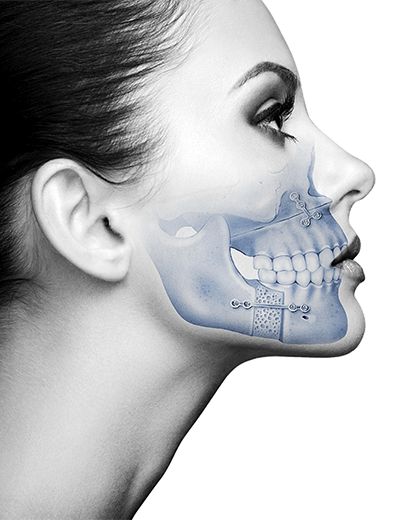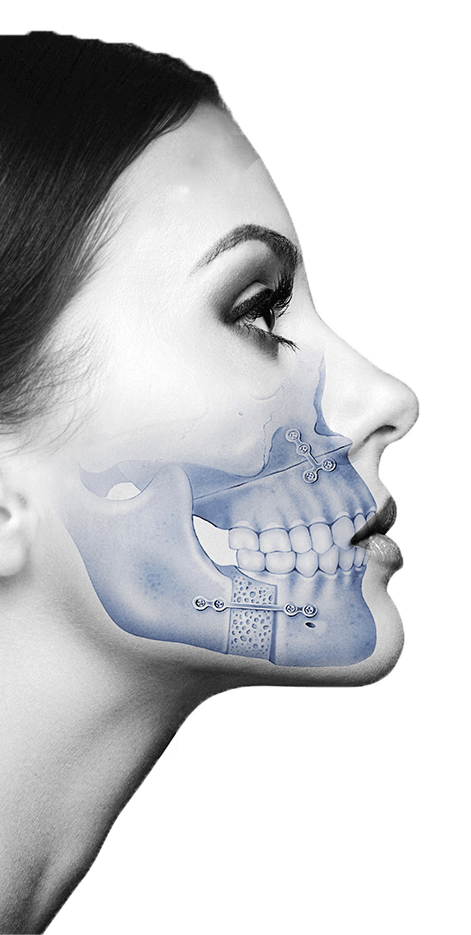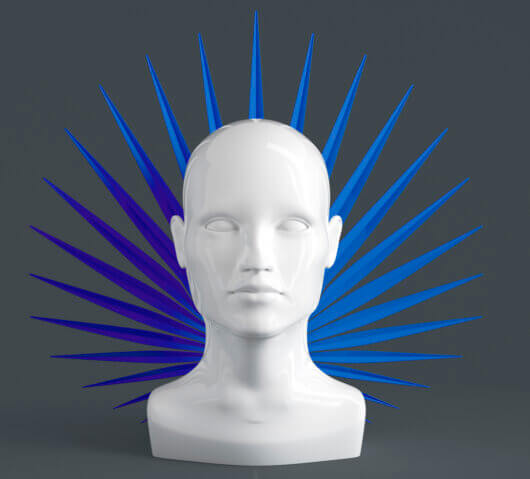In recent years, the term looksmaxxing has begun to gain traction on social media, beauty forums, and among those seeking to strategically improve their physical image. Although it may sound modern or even superficial, behind this concept lies an increasingly common reality: the desire to consciously optimize our appearance, with the support of medical science.
And amidst this trend, there is one area of the face that is getting all the attention: the jawline.
What is looksmaxxing?
The word looksmaxxing comes from the English word (look = appearance, maxxing = maximize) and refers to all those practices that aim to improve physical appearance to its fullest potential. From lifestyle changes (improving posture, diet, or skincare) to medical and aesthetic procedures such as orthodontics, facial harmonization, or surgery.
Looksmaxxing originated in male-dominated online communities—such as Reddit-style forums or more radical spaces like incel boards—where many young people shared frustrations with their physical appearance and sought extreme (and sometimes unrealistic or even dangerous) ways to "improve" themselves. In those early spaces, the approach was quite toxic: aesthetics were discussed as the sole source of personal worth, very specific features were idolized (extremely angular jawlines, perfectly symmetrical faces), and homemade or unsupervised methods were promoted.
Although its origins are linked to male forums, today looksmaxxing has expanded to all genders and ages, evolving toward a healthier, more individualized, and professionally supported approach.
But over time, and especially with the arrival of TikTok and YouTube, the concept began to take a different direction. Many professionals (dentists, surgeons, dermatologists, trainers, psychologists) began to intervene in the conversation, debunking exaggerations and offering a healthier and more realistic vision of physical enhancement.
Today, looksmaxxing has become "mainstreamed" and toned down. It's no longer just about fitting into an extreme aesthetic mold, but rather about investing in oneself, harmonizing features, taking care of facial and body health, and doing so with professional support. From a subcultural niche, it has become part of the 2.0 wellness culture, especially among young men seeking to look better without taboos, but with discretion.
Why is the jaw at the center of looksmaxxing?
The mandibular line—also known as the jawline—has a direct impact on facial harmony. A well-defined jawline conveys strength, symmetry, and youthfulness. It's no coincidence that many of the faces considered most attractive in popular culture (from actors to models) have a defined and proportioned jawline.
The good news is that, unlike other features that are more difficult to modify, the shape of the jaw can be improved structurally and medically, without resorting to filters or temporary tricks.
Real looksmaxxing: when aesthetic improvement comes from the hands of experts
At the Maxillofacial Institute, we approach looksmaxxing from a clinical perspective, always respecting the health, functionality, and naturalness of the face. Here we explain the main options for those seeking to define or correct the jawline:
1. Orthognathic Surgery
Ideal for those with a receding jaw or imbalances between the upper and lower jaw. This surgery repositions the facial bones, improving the profile, bite, and symmetry of the face. It is a definitive solution that transforms both the patient's aesthetics and quality of life.
2. Genioplasty (chin surgery)
A less invasive procedure that allows the chin to be projected or reduced, achieving a more defined and proportional jawline. It is sometimes combined with orthodontics or fillers, depending on the patient's needs.
3. Cosmetic Orthodontics
Much more than just aligning teeth: well-planned orthodontics can expand facial support, improve jaw projection, and subtly transform the profile. Today, it is mostly performed with clear, almost invisible aligners.
4. Non-surgical Jawline Harmonization
Using hyaluronic acid or other biocompatible agents, it's possible to project the jawline or define the chin line in a controlled and temporary manner. This is an excellent option for those seeking immediate results without surgery.
Natural or exaggerated?
On social media, it's common to see overly defined jawlines that, in real life, may appear artificial or inharmonious. Our approach always prioritizes individual facial harmony, respecting each patient's unique proportions and features.
It's not about looking like someone else, but rather about enhancing the best of yourself.
Who is it indicated for?
• People with a receding chin or an undefined jawline.
• Patients with bite problems or facial asymmetries.
• Those seeking a natural and lasting aesthetic improvement.
• People who have already tried cosmetic treatments and want more structural solutions.
What is the difference between looksmaxxing and vanity?
Properly understood looksmaxxing isn't based on chasing unattainable standards, but rather on seeking balance between image, health, and self-esteem. Aesthetic and maxillofacial medicine have the power to improve not only appearance but also functionality and personal confidence.
At the Maxillofacial Institute, we combine science, aesthetics, and technology to help you achieve an improved, healthy, and true version of yourself.
Would you like to know what options are available to improve your jawline? Request your personalized assessment with our specialized team.
Related Content:
Video: Jaw Reshaping
Video: Mandibular Angles











